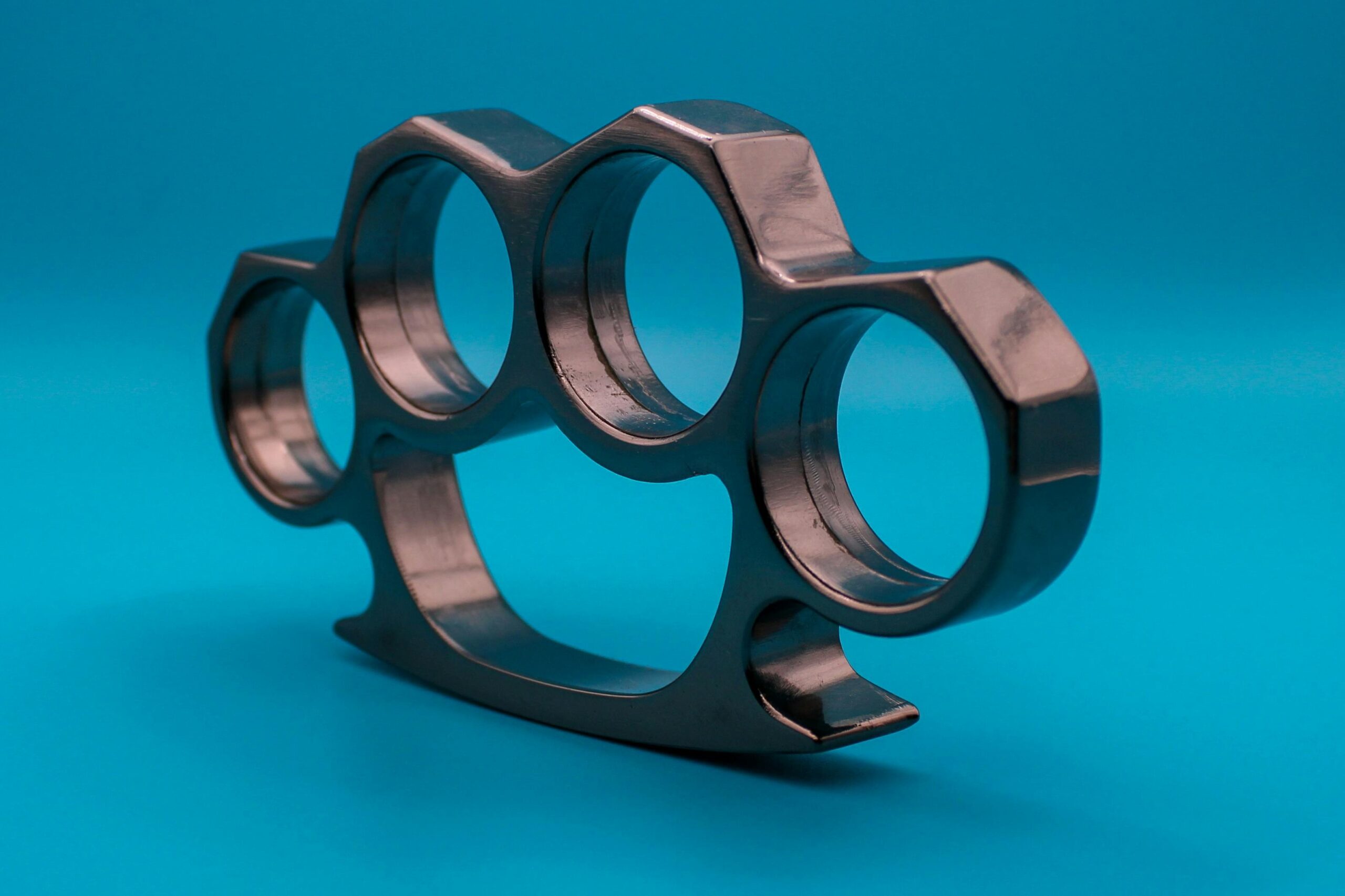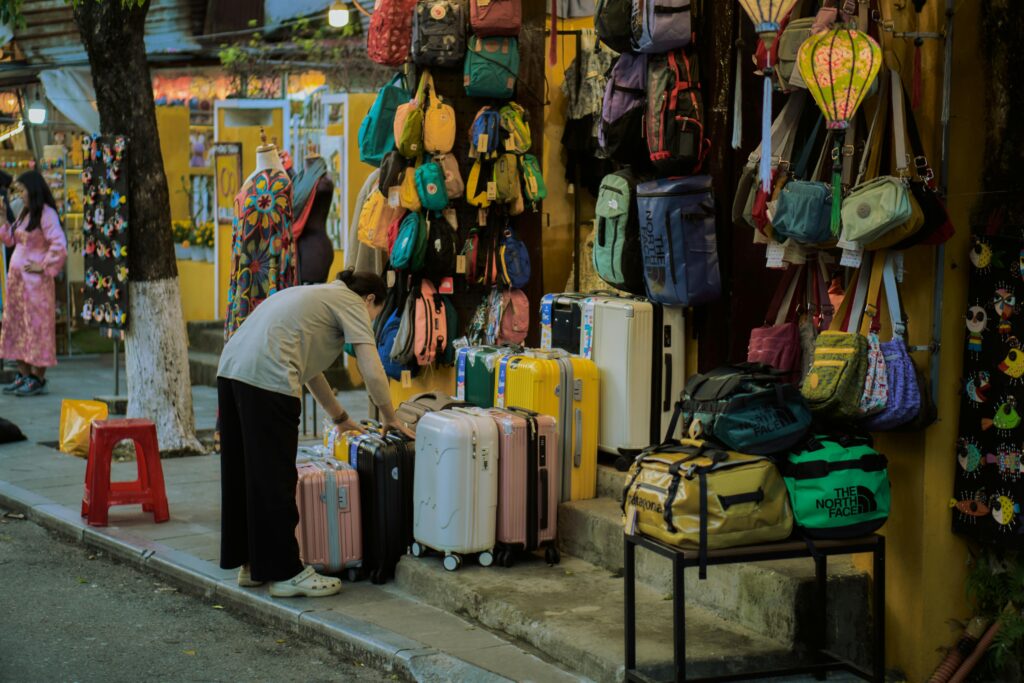Ever watched your hardshell suitcase get thrown onto the luggage carousel like a sack of potatoes? If you’re nodding furiously, welcome to the club. Travelers everywhere are discovering that not all suitcases are created equal—especially when it comes to surviving the rigors of modern travel.
In this guide, we’ll dive into everything you need to know about crash-tested suitcases. You’ll learn what makes them durable, how to choose the best one for your trips, and tips to protect your belongings. Let’s roll out the baggage claim drama together!
Table of Contents
- Key Takeaways
- The Problem with Weak Suitcases
- How to Choose a Crash-Tested Suitcase
- Tips for Using Hardshell Suitcases Effectively
- Real-Life Success Stories from Frequent Flyers
- FAQs About Crash-Tested Suitcases
- Conclusion
Key Takeaways
- Crash-tested suitcases ensure maximum durability during rough handling at airports.
- Look for materials like polycarbonate and reinforced corners when shopping for hardshell luggage.
- TSA-approved locks add an extra layer of security without compromising convenience.
- Maintain your suitcase by cleaning it regularly and avoiding overpacking.
The Problem with Weak Suitcases
Confession time: I once bought a “budget-friendly” hardshell suitcase because it looked sleek online. Spoiler alert—it didn’t survive my second trip. One wheel snapped off mid-transit, and by the time I retrieved it at baggage claim, half the shell had cracked open. Embarrassing? Yes. Teachable moment? Absolutely.
Suitcases take a beating—literally. Airlines report millions of mishandled bags each year, and even routine conveyor belts can cause significant wear and tear. Without proper reinforcement, your precious belongings could end up spilling onto airport floors faster than you can say “lost luggage.”

Figure 1: A cautionary tale—a poorly made suitcase after a rough flight.
How to Choose a Crash-Tested Suitcase
Optimist You: “There must be a way to find luggage that won’t fall apart!”
Grumpy Me: “Sure, but only if you’re willing to do some homework first.”
Let’s break it down:
- Understand the Material: Look for polycarbonate or aluminum. These are lightweight yet incredibly strong materials designed to withstand impacts. Avoid cheap ABS plastics—they crack easily.
- Check for Reinforced Corners: The corners are where most suitcases fail. Brands like Samsonite often include patented corner guards in their designs.
- Wheel Quality Matters: Spinner wheels should glide smoothly across multiple surfaces. Test them before buying—or check reviews for mentions of “sturdy” wheels.
- TSA-Approved Locks: Not only do they save you grief at security checks, but they also deter opportunistic thieves.

Figure 2: Polycarbonate suitcases undergoing rigorous testing for strength and flexibility.
Tips for Using Hardshell Suitcases Effectively
Once you’ve got your crash-tested gem, here’s how to keep it performing like royalty:
- Don’t overload it! Excess weight compromises structural integrity (and might incur airline fees).
- Clean it regularly with mild soap and water to remove dirt buildup.
- Avoid packing fragile items loosely; use protective cases within the suitcase.
- Invest in a padded cover for additional protection against scratches and scuffs.
Real-Life Success Stories from Frequent Flyers
Jane D., a corporate traveler who clocks 100+ flights annually, swears by her Rimowa Salsa Air series suitcase. “It’s survived being dropped from a significant height—not once, but twice,” she says. Her secret? Regular maintenance and never skimping on quality.
On the flip side, Mike R. learned the hard way. His bargain-bin suitcase disintegrated mid-journey, leaving him scrambling for replacements. Now, he sticks strictly to crash-tested brands. Moral of the story? Pay now or pay later.
FAQs About Crash-Tested Suitcases
What does “crash-tested” mean for luggage?
It refers to suitcases subjected to rigorous tests simulating real-world conditions like drops, impacts, and pressure. Always look for certifications or reputable third-party testers.
Are expensive suitcases worth the investment?
Frequently, yes. High-end models often feature superior materials and warranties that cheaper alternatives lack. Think of it as a long-term relationship with your luggage.
Can soft-sided suitcases be crash-tested too?
While possible, soft-sided luggage typically doesn’t perform as well under extreme conditions compared to hardshell options due to less rigid construction.
Conclusion
Finding the right crash-tested suitcase isn’t just about style—it’s about survival. Equip yourself with the knowledge to pick a reliable companion for your journeys, and you’ll save both money and stress in the long run. Remember: Your suitcase is more than just storage; it’s your ticket to peace of mind while traveling.
Chef’s kiss for choosing durability over disappointment. Now go forth, traveler, armed with luggage tougher than airport baggage handlers.
P.S. Like dial-up internet, weak suitcases belong firmly in the past. Upgrade wisely.
Haiku time:
Rugged shells endure,
Wheels glide through chaos smooth—
Travel zen achieved.

